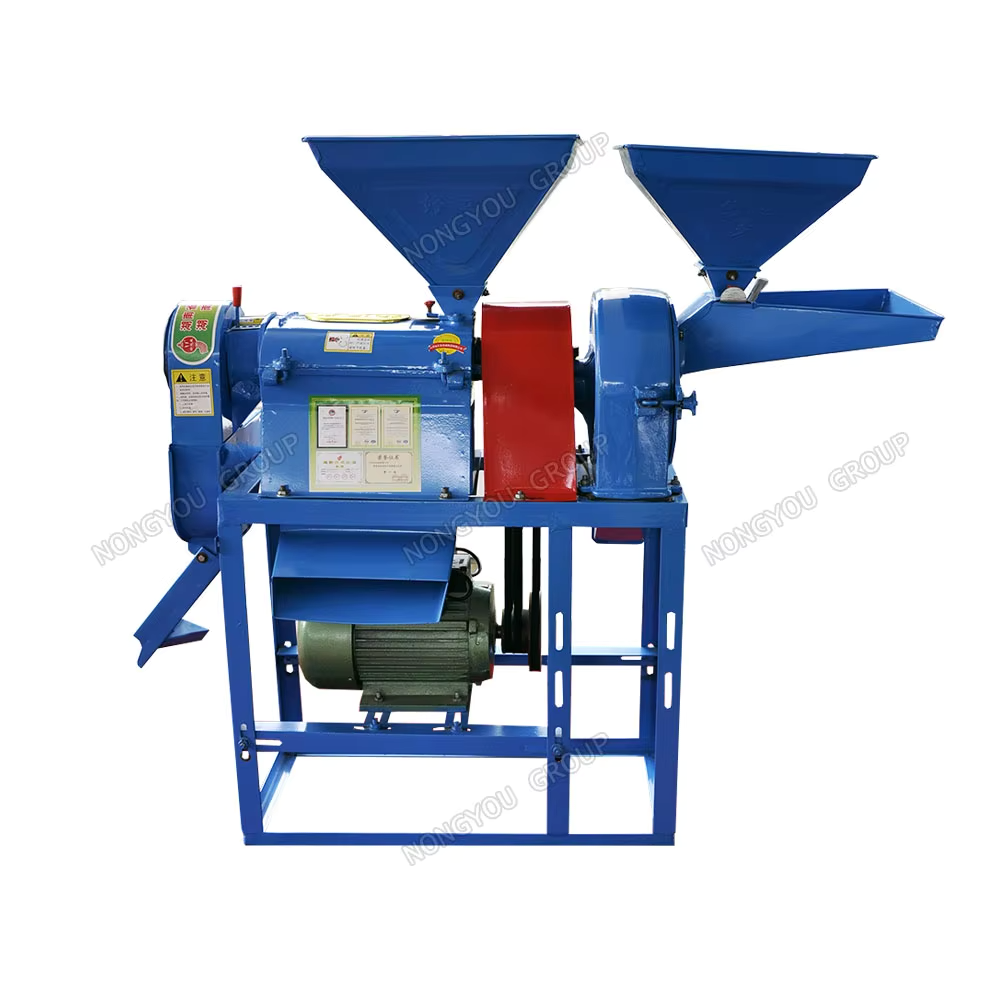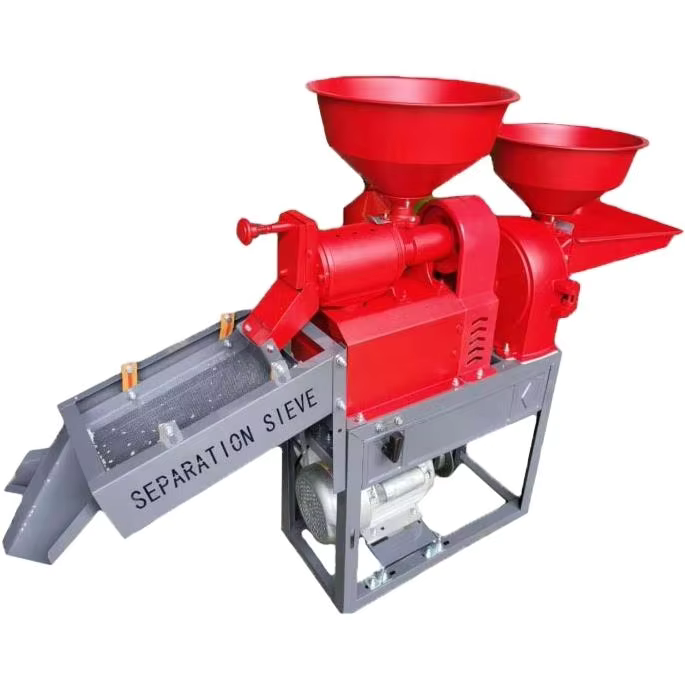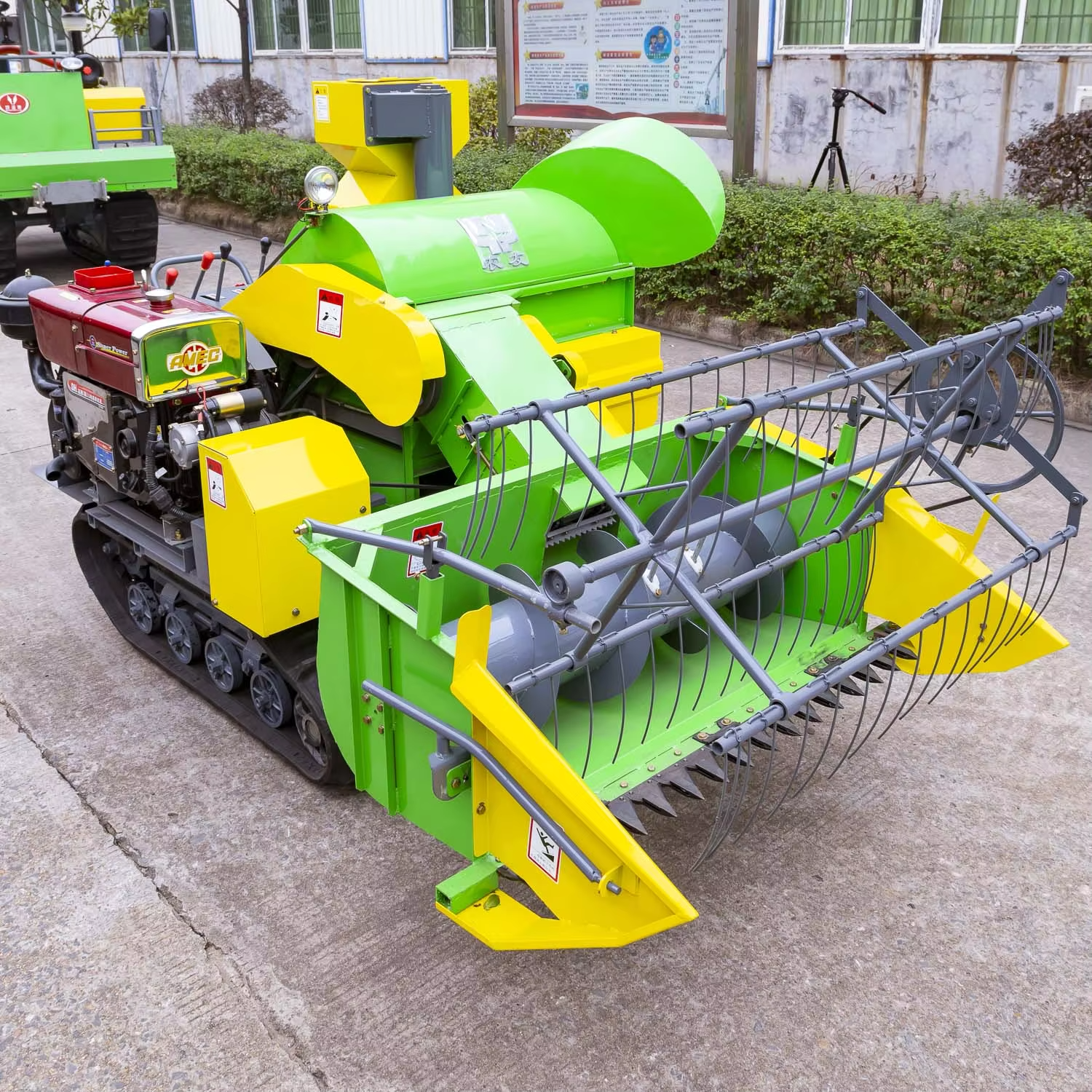तंदुल रोपणी
तंदूळ रोपणाचा यंत्र ही एक उन्नत कृषि उपकरण आहे जे पाडीच्या भूमीत तंदूळाच्या सादोबालकांचा अधिक दक्षपणे आणि शुद्धपणे रोपण करण्यासाठी डिझाइन केले गेले आहे. हे उत्कृष्ट यंत्र मैकेनिकल दक्षतेसह विनोवेटिव तंत्रज्ञानाचे फायदे घेऊन तंदूळ रोपणाच्या प्रक्रियेला सरळता देते. आधुनिक तंदूळ रोपण यंत्रांमध्ये तपशील अंतरावर्धन यंत्र, स्वचालित गहाणी नियंत्रण प्रणाली आणि सटीक सादोबालक ठिकाणी ठेवण्याची क्षमता येते. याचा ऑपरेशन एका धरणीच्या ट्रे मधून व्यक्तिगत सादोबालक निवडून त्यांना पाडीच्या भूमीत अधिकतम गहाणी आणि अंतरांमध्ये रोपण करते. उन्नत मॉडेल्समध्ये GPS गाइडेंस प्रणाली समाविष्ट आहेत ज्यामुळे अधिक शुद्धता आणि नियमित रोपण पॅटर्न मिळते. रोपण यंत्राचा डिझाइन सामान्यत: एकाधिक रोपण युनिट्स यांचा वापर करते जे एकसाथ व्यापार करतात, यामुळे पारंपारिक हाती रोपण पद्धतीपेक्षा वेळ आणि श्रमाचा खर्च कमी होतो. या यंत्रांनी वेगवेगळ्या आकाराचे आणि प्रकाराचे सादोबालक वाचवू शकतात, ज्यामुळे वेगवेगळ्या तंदूळाच्या प्रजातींच्या आवश्यकता आणि वाढ परिस्थिती योग्यपणे पूर्ण करतात. रोपण प्रणाली सादोबालकांच्या रोपणातून नुकसान कमी करण्यासाठी सावधानपणे डिझाइन केली आहे, ज्यामुळे अधिक बाँचण्याची दर आणि उत्तम फसल उत्पादन मिळते. अधिकांश आधुनिक तंदूळ रोपण यंत्रांमध्ये वापरकर्त्यांना विशिष्ट भूमीच्या परिस्थिती आणि आवश्यकता यांच्यावर आधारित रोपण पैरामीटर्स आसानीने बदलण्यासाठी उपयुक्त नियंत्रण इंटरफेस समाविष्ट आहे.


